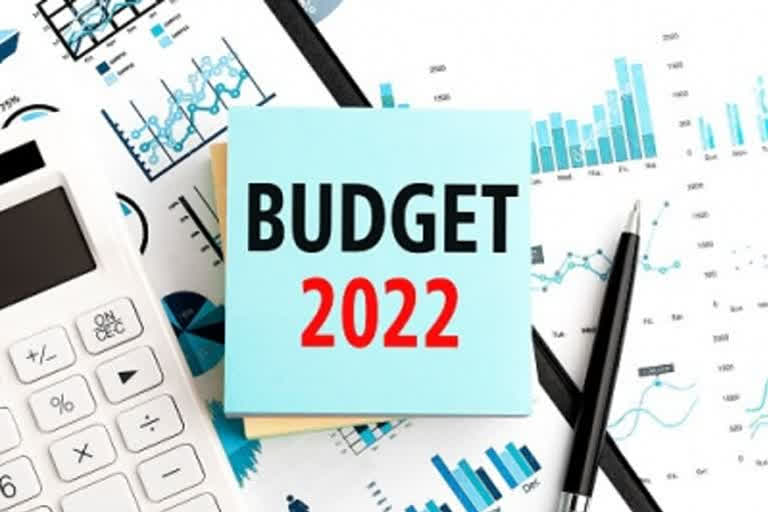New Delhi:Annual Financial Statement or the Union Budget as it is ordinarily known must comply with the certain conditions laid down by the Constitution of India and also with the statutory conditions laid down by the Fiscal Responsibility and Budget Management Act of 2003 as passed by Prime Minister Atal Bihari Vajpayee’s government to induce fiscal discipline in the functioning of the Union government and State governments.
The main objective of the law is to curtail excessive spending by the government by putting a legal cap on fiscal deficit and revenue deficit so that the governments avoid fiscal profligacy, the tendency of overspending by borrowing money.
These objectives were to be achieved by bringing transparency in fiscal management and debt position so that the country’s financial stability can be ensured in the long run. The initial target was to completely eliminate the revenue deficit and bring down the fiscal deficit which reflects the overall borrowing requirement of the government in a financial year to 3% of the GDP.
However, due to the global economic crisis of 2008, the provisions of the Act were relaxed and the outbreak of the Covid-19 global pandemic in early 2020 led to extreme financial distress for the public finances, hence the fiscal deficit target for FY 2020-21 were relaxed from the budget estimate of 3.5% to 9.5% in the revised estimate. Similarly, the revenue deficit target was also relaxed from the budget estimate of 2.7% to 7.5%.
The FRBM Act also casts some responsibilities on the government such as the presentation of a Macro-Economic Framework Statement and a Medium-Term Fiscal Policy cum Fiscal Policy Strategy Statement to the Parliament.
